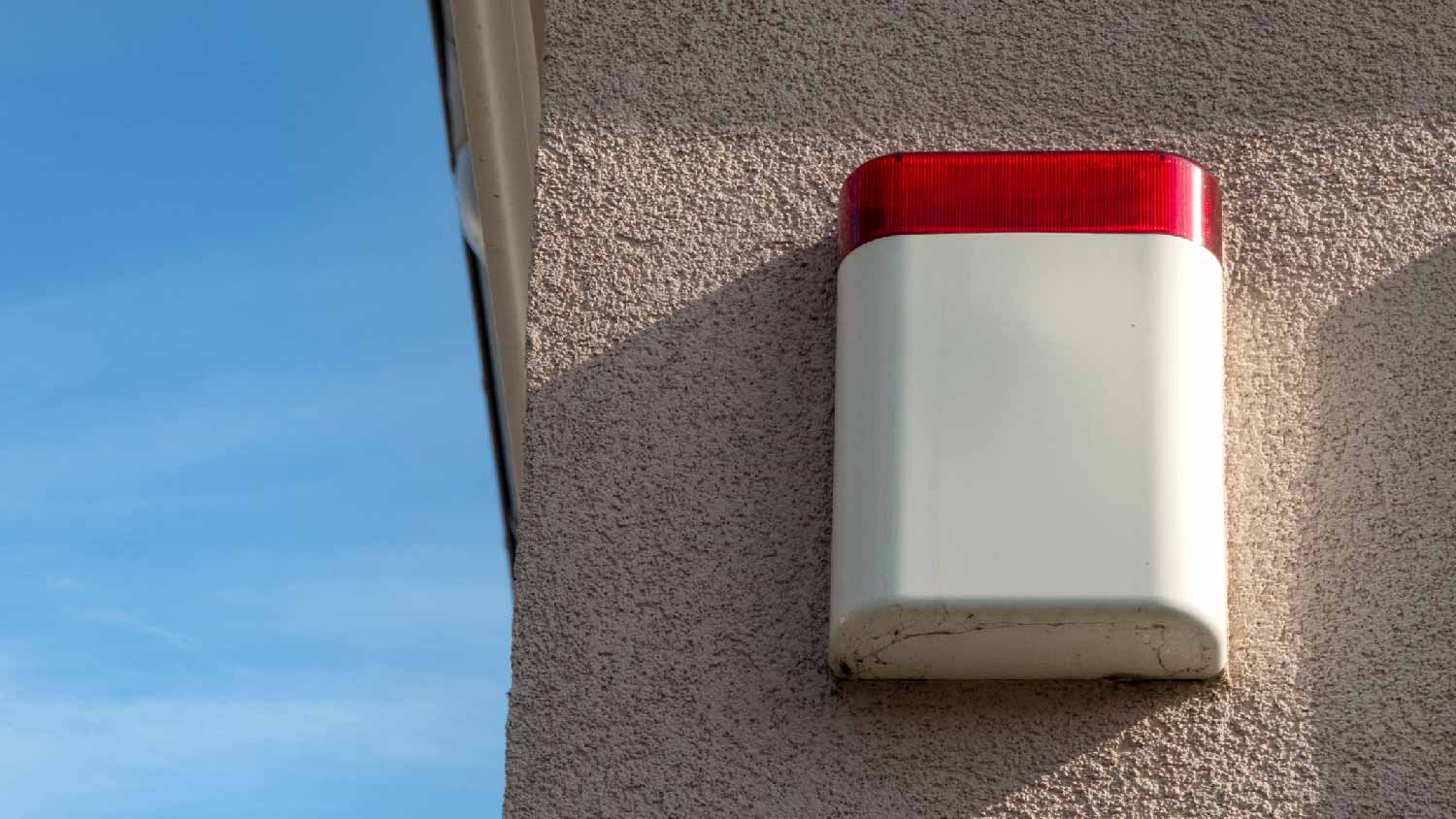
A GFCI outlet can keep your family safe and is relatively inexpensive to install. Learn how much replacing GFCI outlets will cost you, and what factors into those costs.
Electrical codes for all your kitchen outlet needs


Kitchen counter outlets must be rated for 20A, 120V.
Counters should have outlets within 24 inches reach.
Kitchen outlets must be GFCI and tamper-resistant.
The NEC requires electrical outlets be installed in a kitchen that has a sink 12 inches wide and 24 inches deep.
Did you know your kitchen is most likely using more electricity than any other room, even a large gaming room or a living room with a home theater? That means power management is even more important: That’s why the National Electric Code (NEC) has special electrical codes for outlets in the kitchen.
If you’re planning on a kitchen renovation, or want to add new outlets to a kitchen, it’s important to know the details of the outlet codes set by the NEC. We’ll cover everything you need to know about electrical codes for kitchen counter outlets.

Electrical codes in the kitchen dictate the type of wiring, circuits, and outlets the kitchen should use, including the amps for major appliances like dishwashers and refrigerators. These codes also set requirements for the power and protection that kitchen counter outlets need when first installed.
Local electricians with licensing and experience will keep updated on the latest NEC kitchen codes. However, you can benefit from knowing them, too. Outlet codes help owners make informed decisions about outlet placement, expected costs, and more.

Kitchen counter outlets must generally support:
20 amps (20A)
120 volts (120V)
Please note this is an exception compared to many outlets in the house. Most other residential outlets are only required to be 15A. Codes bump the amps in the kitchen because the outlets in that room are much more likely to power small appliances. Those items can include countertop devices like mixers, coffee makers, breadmakers, toasters, or any device that typically has higher amperage requirements.
Kitchen counter outlets must have ground fault circuit interrupter (GFCI) capabilities. A GFCI outlet helps protect against ground faults, a serious accident where electrical current surges into an unexpected pathway and can cause damage or serious physical harm. The GFCI outlet snaps off the electrical current if it detects any strange amp variations, preventing these kinds of faults. Ground fault risks rise in areas exposed to lots of water and moisture, like kitchens and bathrooms, which is why codes require them in these areas.
GFCI outlets must also be tamper-proof, meaning they have built-in protection against shocks from sticking a fork in an outlet or other accidents. Tamper-proof designs are also very common and typically included in GFCI outlets. The NEC makes an exception for outlets more than 66 inches above the floor, which aren’t as easy to reach.
The number of outlets required in a kitchen varies depending on the size of your countertops. As a general rule, any spot on the counter shouldn’t be more than about 24 inches from an outlet, which is the length of average counter appliance cords.
Kitchen countertops should have one outlet installed for the first 9 square feet of space, and an additional outlet for every additional 18 square feet of counter. Those measurements are useful to keep in mind when planning a remodel. Most small kitchen counter sections will require their own outlet. If a counter is at least 12 inches wide, it will need its own outlet.
When spacing kitchen outlets along a wall, they should be no more than 48 inches apart. Following this 48-inch rule in a kitchen redesign, should ensure that the “24-inches from any place on the counter” rule is also followed.
Additionally, outlets should never be placed where large appliances like a refrigerator will block them, unless they’re specifically intended to power those appliances.
So far, we’ve focused on counter space that’s running alongside a wall. What about the increasingly popular kitchen island?
Codes are very similar for these counter spaces, too. As long as the island has a counter at least 24 inches wide, it must have at least one outlet. The rule about having an outlet for every 9 square feet of counter space and every 18 square feet afterward also applies. Without nearby walls, outlets must use pop-up receptacles on the surface of the counter.
On average, installing a new kitchen outlet costs about $300 per outlet, including the expense of labor and materials. Most homeowners will pay between $75 and $485 per unit to install new outlets for their kitchens.
In many cases, outlets are packaged into an overall kitchen remodel. Small kitchen remodels range between $14,000 and $41,000, including the cost of installing outlets that adhere to NEC codes.
From average costs to expert advice, get all the answers you need to get your job done.

A GFCI outlet can keep your family safe and is relatively inexpensive to install. Learn how much replacing GFCI outlets will cost you, and what factors into those costs.

Installing an outdoor outlet is a relatively affordable way to take your outdoor space to the next level. Find out the cost to install outdoor outlets

The cost of a whole-house surge protector depends on the materials, size, installation, and more. This guide will help you budget for a new surge protector.

Learn how to wire an outlet switch combo receptacle in various ways to adapt an existing wired location for several applications.

Removing an alarm system may require the assistance of a professional electrician. Find out the average cost to remove old house alarms.

Downed power lines are very dangerous. Stay safe by following these instructions if you ever encounter a downed power line.